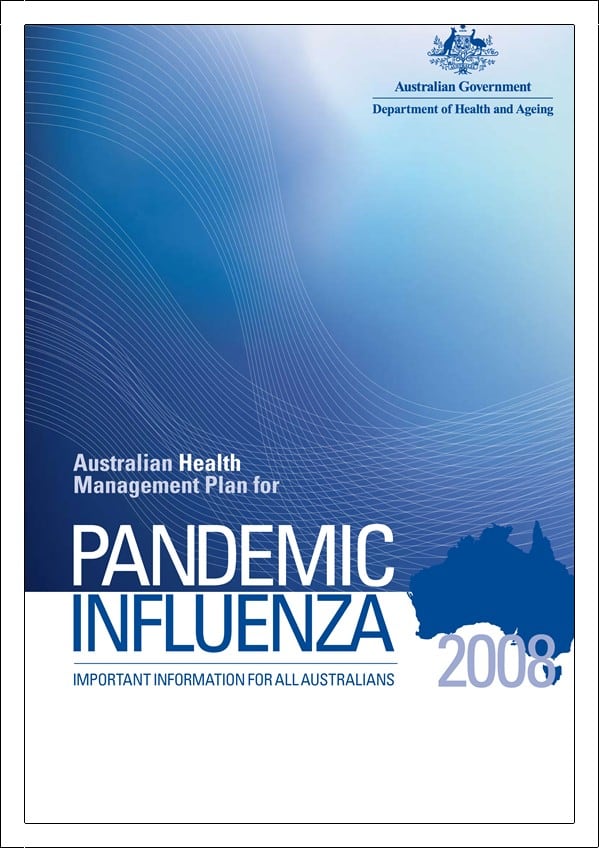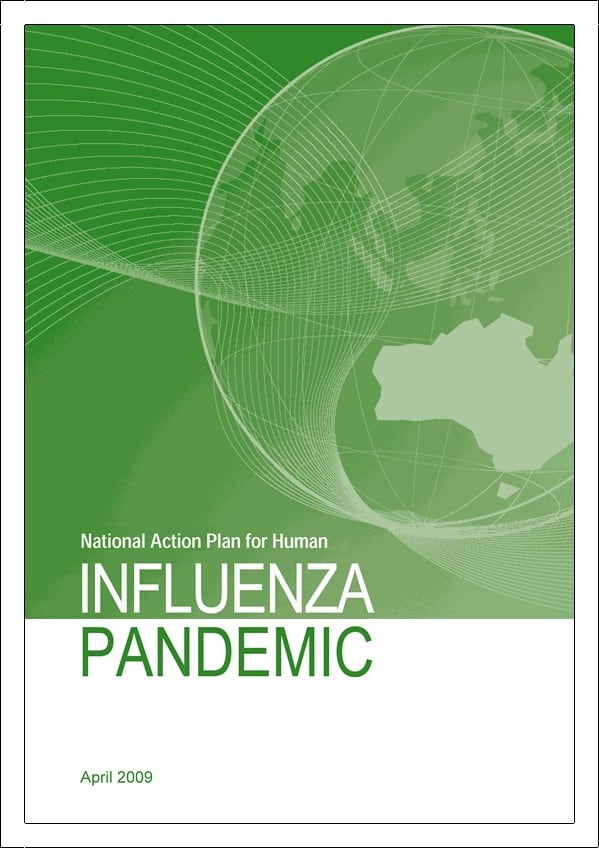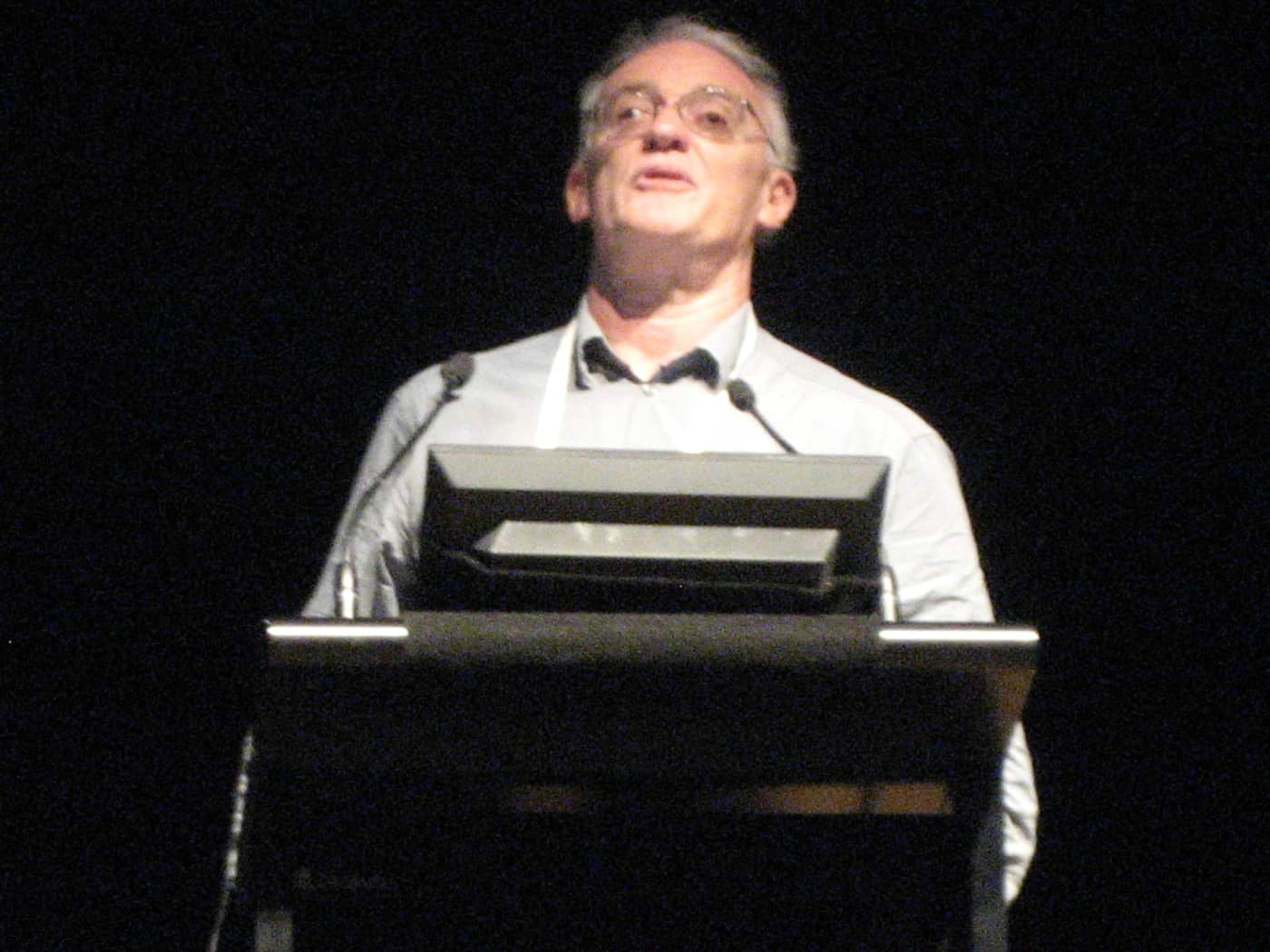Kevin’s stuff on the latest Safe Work Australia Awards got me thinking about an issue I have had a bee in me bonnet about for a while now. It’s safety innovation, and the glaring hole in Australia for support for the hardest innovation of the lot – safety product development. By “safety product” I’m specifically referring to development of equipment or systems intended for sale.
As far as I can discover, Australian OH&S awards tend to focus on the entirely worthy thing of endorsing solutions that are readily adopted and are ideas that have a record of successful implementation. There is no doubt that the safety award system finds excellent ideas used all over the place. But the key issue here is that these innovations, relatively speaking, sell themselves. They have been implemented and are proven “winners” in the sense of being a successful safety idea.
What seems to be missing is support for a small-scale product developer who has an excellent product prototype that hasn’t the convenience of a proven safety track record. I’ve had the privilege (and sometimes the terrible angst) of trying to help out safety product developers, solo- or micro-businesses that are plugging away at getting a marketable product up and running.
Any product development is expensive, and in the absence of a larger company budget to “take the hits”, the small operator has to wear lots of pain to get a product to the point that it can be put on the market.
General support for all sorts of product development is often made available by various government agencies. In Victoria, Innovic is the government organization that does good work in helping promote good ideas. They have a specific award program for very new ideas called “The Next Big Thing”.
It’s a great system, that invites applications from around the world but it’s still limited, by virtue of it (like the current OH&S regulator safety awards) being mostly an endorsement. And, sure, a developer can benefit from endorsement. But from my experience, the small operator is mostly in need of advice and funding to keep a product idea alive. This is where I think the OH&S regulatory agencies could really have a positive impact on safety product innovation in Australia.
I’m suggesting that contributions from each of the Australian OH&S agencies to a fund to support safety product developers with a specialised new product award could be managed by Safe Work Australia. That fund would have to be fair dinkum. It would need to have the resources to draw on expertise from product development specialists. It would have to have prizes that matter. Options could include funding to have winners attend the very excellent programs much like the New Enterprise Incentive Scheme (NEIS) provided around Australia.) The award system could include in the prize a fully funded 12-month part time course that does a similar thing to NEISS.
But that is all very well, but a good idea is a worthless idea if it can’t be funded. Cash is the thing a product developer needs. Ten thousand dollar prizes is about the sort of cash I think would start to come close to being useful. Keep in mind that taking out second mortgages on homes and other severe financial burdens are par for the course for a product developer. Ten grand is not going to keep a developer afloat, but it may well be the difference between an idea withering vs it being made available to everyone.
And I recognise this sort of support for people trying to get a product on the market is high risk. If a product development program got up there’s bound to be some failures and that has to be accepted as the cost of taking risks. But maybe it’s time for the OH&S regulators to stick their neck out in this area? Australians have had a pretty good history of coming up with new ideas, and there is lots of rhetoric about backing product innovation. It would be excellent to see more examples of regulators being prepared to do the hard yards on safety product development.


 The trap for producing localised guides is that recommendations may be made that are out-of-place, difficult to implement and, ultimately, question the credibility of the document. WorkSafe fell for this trap by specifying some recommendations for the legitimate control measure of “social distancing”.
The trap for producing localised guides is that recommendations may be made that are out-of-place, difficult to implement and, ultimately, question the credibility of the document. WorkSafe fell for this trap by specifying some recommendations for the legitimate control measure of “social distancing”. The guide does recommend social distancing as part of a risk management process but “prohibiting handshaking, kissing and other physical contact in the workplace”? “Discontinuing … informal spontaneous congregations”?
The guide does recommend social distancing as part of a risk management process but “prohibiting handshaking, kissing and other physical contact in the workplace”? “Discontinuing … informal spontaneous congregations”?